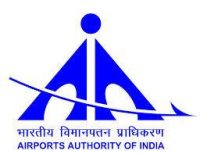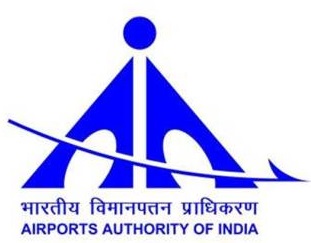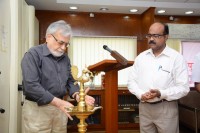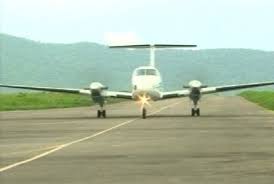
Keen to increase non-aeronautical revenues, Airports Authority of India (AAI) is preparing new set of regulations for monetisation of its land assets in a “transparent manner”.
The move also comes at a time when the government is working on amending the AAI Act which would do away with certain regulatory restrictions for land utilisation.
The national airports operator — which is estimated to have garnered over Rs 12,000 crore revenue in 2016-17 — is in possession of large swathes of land in different parts of the country but these assets have not been effectively exploited as a source of revenue.
Elaborating on the efforts to ensure optimal use of land assets, AAI Chairman Guruprasad Mohapatra said more revenues from such assets would help in reducing the dependence on aeronautical sources.
“We are preparing a set of land regulations which will make the process of putting land into commercial use easier and transparent,” he told PTI in an interview.
For the land norms, AAI is in discussions with the Civil Aviation Ministry and after finalising the contours, they would be sent for approval of the Cabinet.
“Once land regulations are in place, we do not have to go to Cabinet for every small parcel of land for decisions.
Cabinet will lay the board guidelines, purposes, procedures everything on disposing off land,” Mohapatra said.
Airports Authority of India (AAI) manages a total of 125 airports, including 81 domestic and 11 international ones.
Besides, it provides Air Traffic Management Services (ATMS) over entire Indian air space and adjoining oceanic areas.
Charges levied from airline operators for landing, parking and air navigation services, among others, fall under aeronautical revenues bracket.
Non-aeronautical revenues refer to those coming from monetising land resources as well as from sale of duty free products, food and beverages, among others inside the terminal building.
Globally, the benchmark for non-aeronautical revenue to total revenue is as high as 40 to 50 per cent. In India, particularly for AAI, it is just 20-25 per cent, Mohapatra observed.
“More the revenue we get from the non-aeronautical (segment), the less is the dependence on aeronautical revenue.
Finally, the tariff charges that AERA (Airports Economic Regulatory Authority) decides for the AAI will be reduced for the aeronautical operations which will eventually help the airlines and the passengers,” he said.
Meanwhile, a Cabinet note has been moved recently for amending the AAI Act with respect to making processes easier for land monetisation.
“In monetising land resources, the major restriction is the AAI Act which puts the restriction that only land can be put to use for aviation purposes… Airports are now very much part of the city and lot of city-based building requirements are also intrinsic to the airport,” Mohapatra said.
These provisions are proposed to be amended, he added.
“Once these two things (amendments to AAI Act and land regulations) happen, we can monetise the land resources in a much more effective and faster manner than what we are doing now,” the AAI Chairman said.






Leave a Reply
You must be logged in to post a comment.